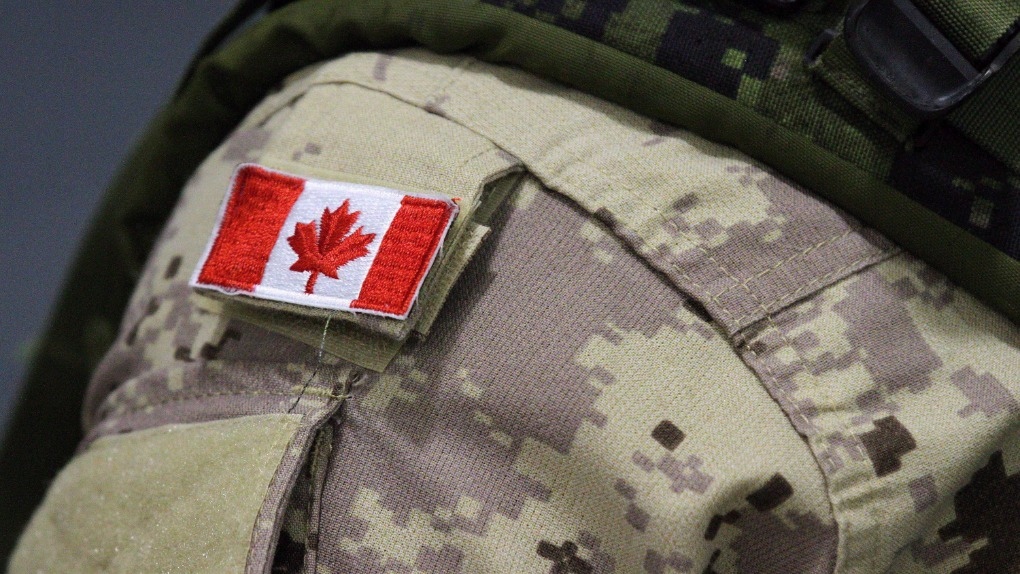Noting the the slow poke discussion is, rightly, headed to the appropriate thread I want to touch on speed. The biggest short coming of the SSK is speed and indiscretion ratio. Australia tried to solve this issue with the Collins (a very large conventional submarine for its time) and the Attack Class. Both extremely capable options but operations were limited by the battery. AIP and other mechanisms only provided extended slow speed endurance with a reduction in the indiscretion ratio.Not disagreeing with you at all. Just pointing out that there exists technology that would allow for an extended duration, slow speed submarine capability, without going the full-blown and expensive SSN route. There was also AMPS (see link below) , which was specifically designed for submarine use. All Canada really needs is a power source that would allow for extended undersea patrols, potentially under the ice caps, without the need to surface regularly for battery top up. We don't need a sub capable of long-duration high-speed submerged transits. Would it be nice to have. Of course, but the cost is so prohibitive it is highly unlikely it would ever get government approval, especially where an AIP equipped SSK can do 95% of the mission. If we needed to sprint away from danger at full speed, that's where the batteries would allow us that capability. The point of my post was that if the government was really serious about patrolling below the ice cap, there are Canadian technologies that could be developed to support that need. The current regime is quite supportive of Made in Canada solutions, and supports them through this program: Innovation for Defence Excellence and Security (IDEaS)
AMPS: The AMPS 1000: An advanced reactor design for marine propulsi..|INIS
For Australia (and I suspect Canada) there is a need to deploy quickly and stay on task for a long period. An SSN will always be able to deploy quickly and react as necessary to close a target if it is not heading directly into the vicinity of the boat. Where an SSK is operating at speed the indiscretion ratio goes up with associated risk. The SSN can also ‘get out of dodge’ in a hurry if their position is compromised. Again the SSK is less capable in this regards. For instance, if your boat is letting loose a bunch of TLAMs change location after doing so is a really good idea.
In addition to this you need to consider that systems such as AN/BYG-1 and sensors are power pigs. They use a lot of energy which impacts battery life for an SSK and would be an important consideration for a low power reactor.
Your slow poke SSN slow speed SSN would have long endurance but misses out on the ability to deploy and react quickly. Speed is quite important noting that even SSN’s have endurance limits and spend much of the deployment time in transit will impact endurance when on station.
I am certainly not bagging our the SSK, the Collins is an impressive vessels and would be a potent adversary. The same is true of the modern Japanese units and some of the European offerings, however, where the boat needs to deploy at long distance an SSN with significant power generation is a better option. It would appear that Canada would benefit from having SSN’s in the RCN, but whether this is realistic from a political and cost sense is a different issue.



